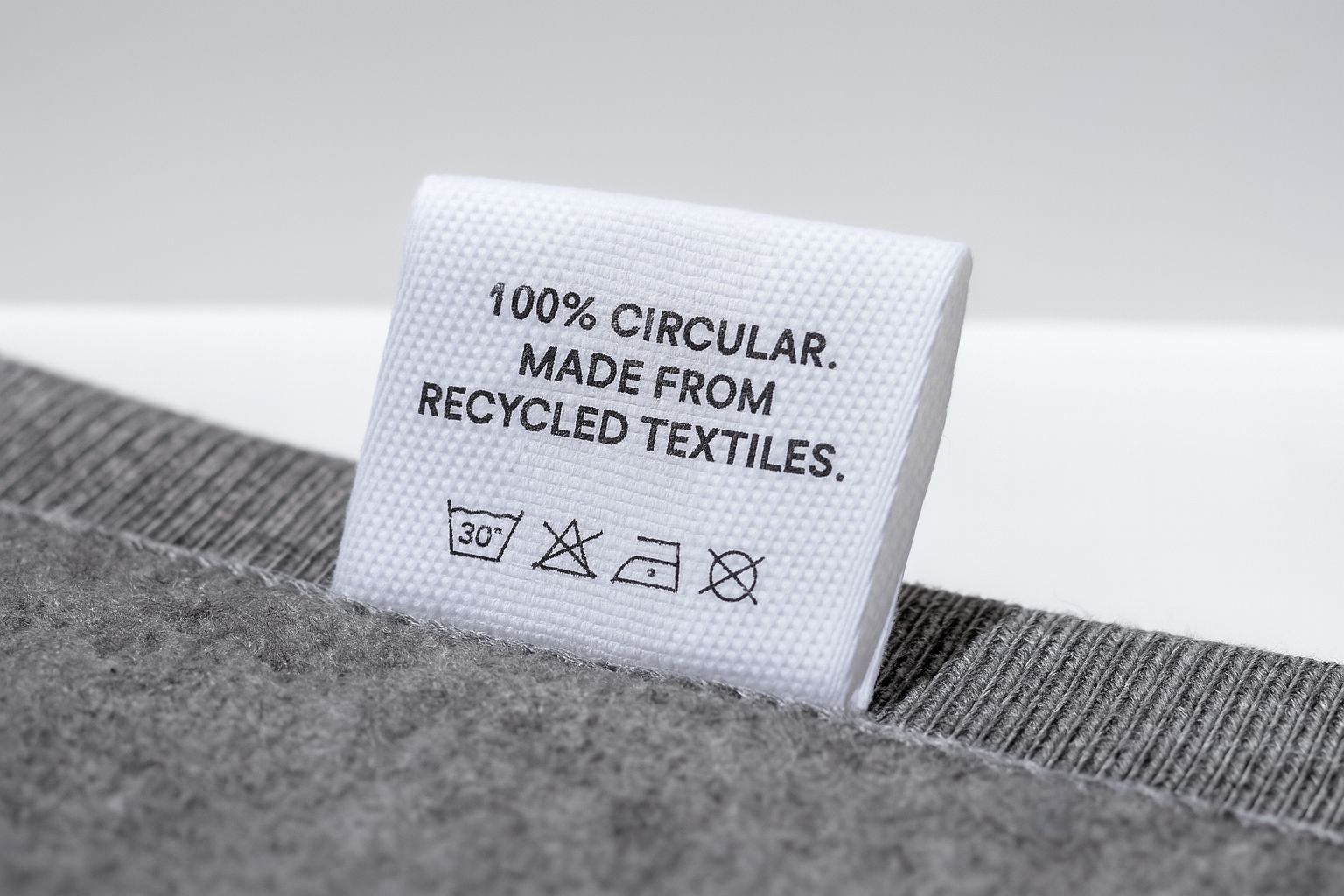
Ambitious, achievable, and accountable: how the Textile-to -Textile Alliance wants to shape Europe’s textile future
January 2025 marked the beginning of a new era for Europe’s textile sector, with sweeping reforms aiming to make circularity the industry standard. The Textile to Textile Alliance (T2T Alliance) – a coalition of the leading textile-to-textile recyclers Circ, Circulose, RE&UP, Syreand Samsara Eco – has released a position paper calling for ambitious but realistic recycled content requirements under the coming Ecodesign for Sustainable Products Regulation (ESPR) Delegated Act.
Mandatory recycled content: changing the game
At the heart of the ESPR lies a groundbreaking idea: mandatory recycled content thresholds for textiles. T2T Alliance argues this is one of the most powerful levers for transforming the industry, tackling textile waste, and reducing reliance on virgin resources.
The T2T Alliance believes the textile-to-textile recycling industry is ready to scale rapidly, supported by robust regulatory signals creating enough market demand. The sector is already demonstrating strong potential and the ability to thrive independently of supporting regulation; nevertheless, without clear, EU-wide recycled content thresholds, there is a risk that progress could be slowed.
Gradual, ambitious targets: creating room to grow
To make recycled textiles the rule, not the exception,T2T Alliance calls for a stepwise increase in mandatory recycled content:
- 10% by 2028
- 15% by 2030
- 30% by 2035
The first threshold should apply only to commercially available fibers, with other materials like nylon 6 and 6,6 included from 2030.This gradual approach is designed to reflect the maturity of different recycling technologies and to encourage the uptake of solutions that are ready now, while giving innovators time to scale.
Ambitious requirements are needed to drive investment, stimulate innovation, and create demand that will make recycled materials mainstream. If these targets are met, the exponential growth in recycled content is within reach.
Rethinking “recycled”: why the definition matters
The current EU approach focuses on post-consumer waste – old clothes and textiles at the end of their life. T2T Alliance argues that this narrow focus is unrealistic: the collection and sorting infrastructure for post-consumer textiles simply isn’t ready to supply enough material in the speed and scale needed to transform the industry.
With the Extended Producer Responsibility schemes not coming into force until late 2028, there is a looming gap in the supply of suitable recycled feedstock. As a result, the Alliance calls for a broader, more pragmatic definition – one that includes post-industrial waste (such as production spill) and a range of industrial materials. Crucially, it must be ensured that this material is actually put to use in new production cycles, rather than being incinerated or sent to landfill. This is essential for scaling textile-to-textile recycling at the pace the planet so urgently needs.
Post-industrial waste is a clean, global waste stream with a well-established infrastructure in manufacturing hubs like India and Bangladesh. Excluding it would not only slow down circularity, but also risk diverting perfectly recyclable material to landfill or incineration – a direct contradiction of the EU’s own waste hierarchy.
Including post-industrial waste in the definition of recycled content will not reduce the demand for post-consumer waste as feedstock for recyclers. Instead, it will provide a stable and reliable supply of material during the critical period as Europe builds and scales a new textile waste ecosystem.
As the textile recycling sector grows, it is essential not to view different waste streams as competitors. Instead, we should foster strong demand for all types of textile waste, maximizing resource recovery and supporting circularity. Who will be the winner of this approach? The climate and nature of course! Additionally, incorporating both post-industrial and post-consumer waste as recycled content will accelerate the growth of the textile-to-textile recycling industry – precisely the outcome policymakers are seeking.
Collaboration for a truly circular future
The journey to circularity is complex, but through ambitious targets, pragmatic rules, and robust verification, the textile sector can become a global leader in sustainability. T2T Alliance encourages EU policymakers to keep working closely with the innovators building the future of recycling.
Read T2T Alliance’s position paper here.
